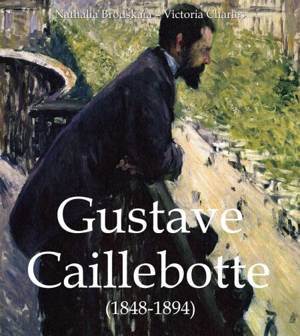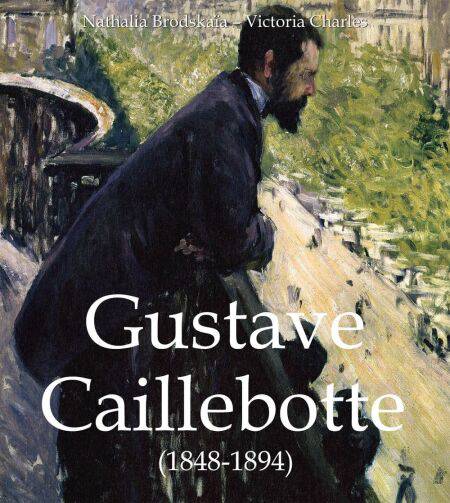
- Afhalen na 1 uur in een winkel met voorraad
- Gratis thuislevering in België vanaf € 30
- Ruim aanbod met 7 miljoen producten
- Afhalen na 1 uur in een winkel met voorraad
- Gratis thuislevering in België vanaf € 30
- Ruim aanbod met 7 miljoen producten
Zoeken
Omschrijving
The five hundred or more paintings of Caillebotte were not given much attention during his lifetime. For years, he was considered primarily a generous patron of impressionists, but not as a painter in his own right. Later, his style was seen to be more realistic than those of his friends Degas, Monet and Renoir. In 1874, he helped to organise the First Impressionist Exhibition. However, he did not include his own work – he would show in later impressionist exhibitions. In this typical work he captures the feeling of a new Parisian boulevard in an area of the Batignolles quarter on a rainy day. The realism with which Caillebotte depicts the scene is later praised by the writer Emile Zola: "Paris Street, Rainy Day displays strollers and, in particular, a man and a woman in the foreground, of a beautiful realism. When his talent will have softened a little, Caillebotte will certainly be the most audacious of the group."
Specificaties
Betrokkenen
- Auteur(s):
- Uitgeverij:
Inhoud
- Aantal bladzijden:
- 40
- Taal:
- Engels
- Reeks:
Eigenschappen
- Productcode (EAN):
- 9781683256939
- Verschijningsdatum:
- 11/04/2018
- Uitvoering:
- E-book
- Beveiligd met:
- Digital watermarking
- Formaat:
- ePub

Alleen bij Standaard Boekhandel
+ 13 punten op je klantenkaart van Standaard Boekhandel
Beoordelingen
We publiceren alleen reviews die voldoen aan de voorwaarden voor reviews. Bekijk onze voorwaarden voor reviews.











